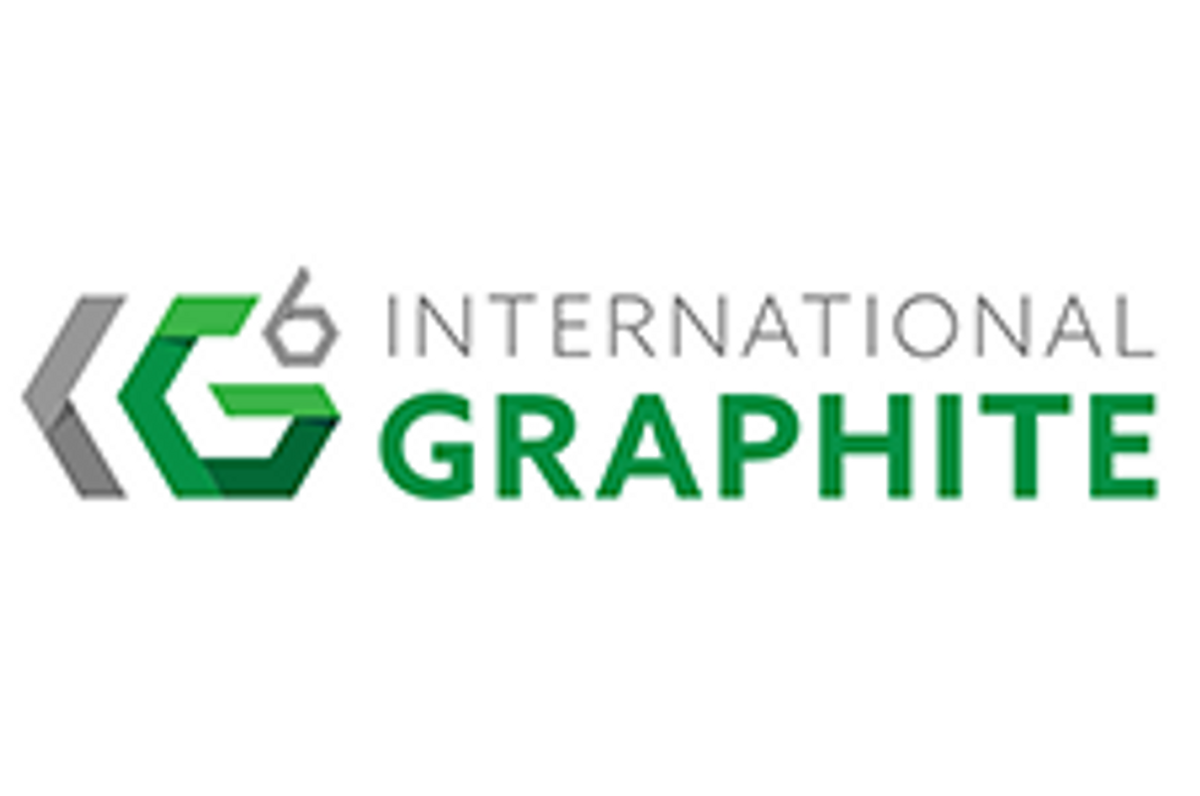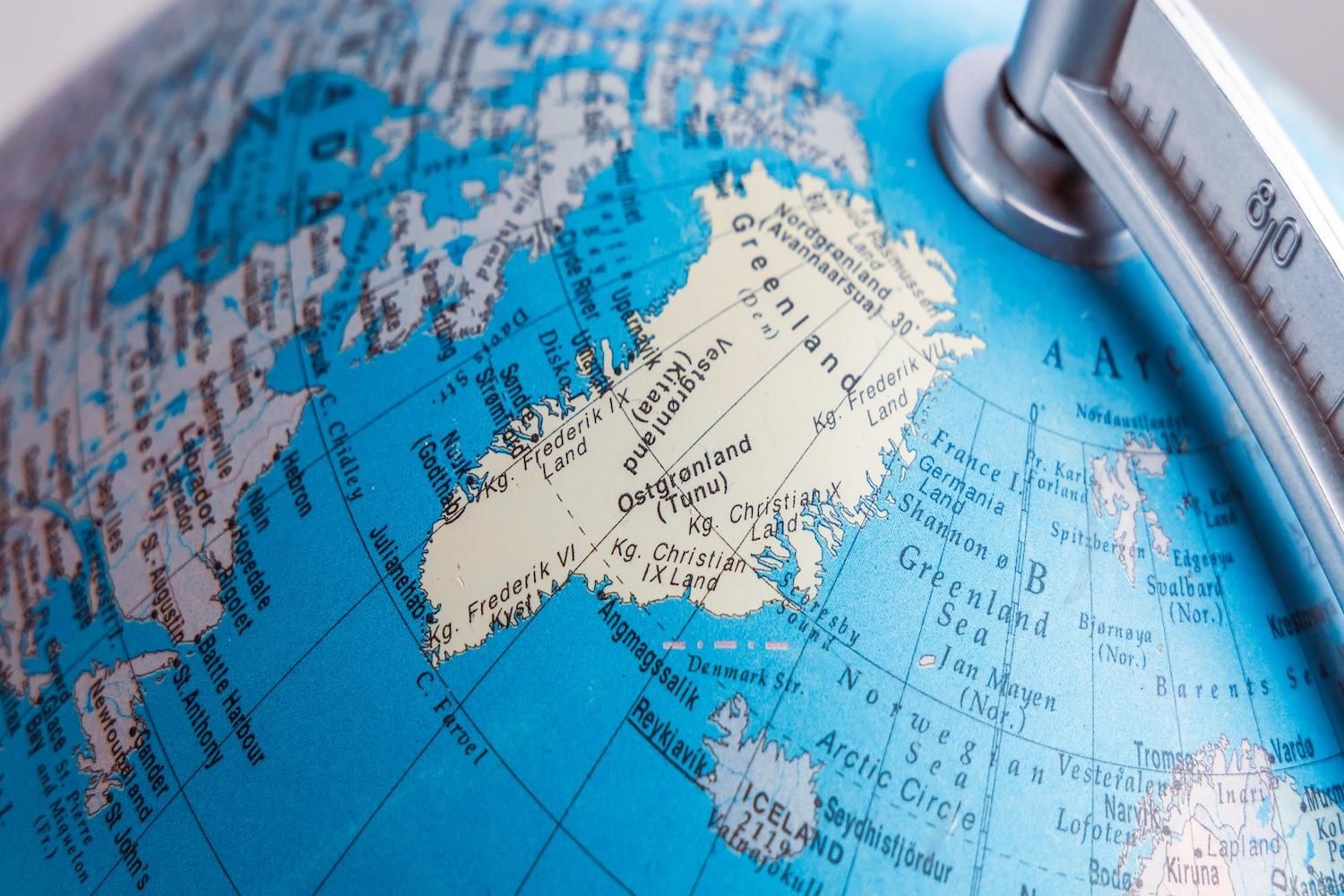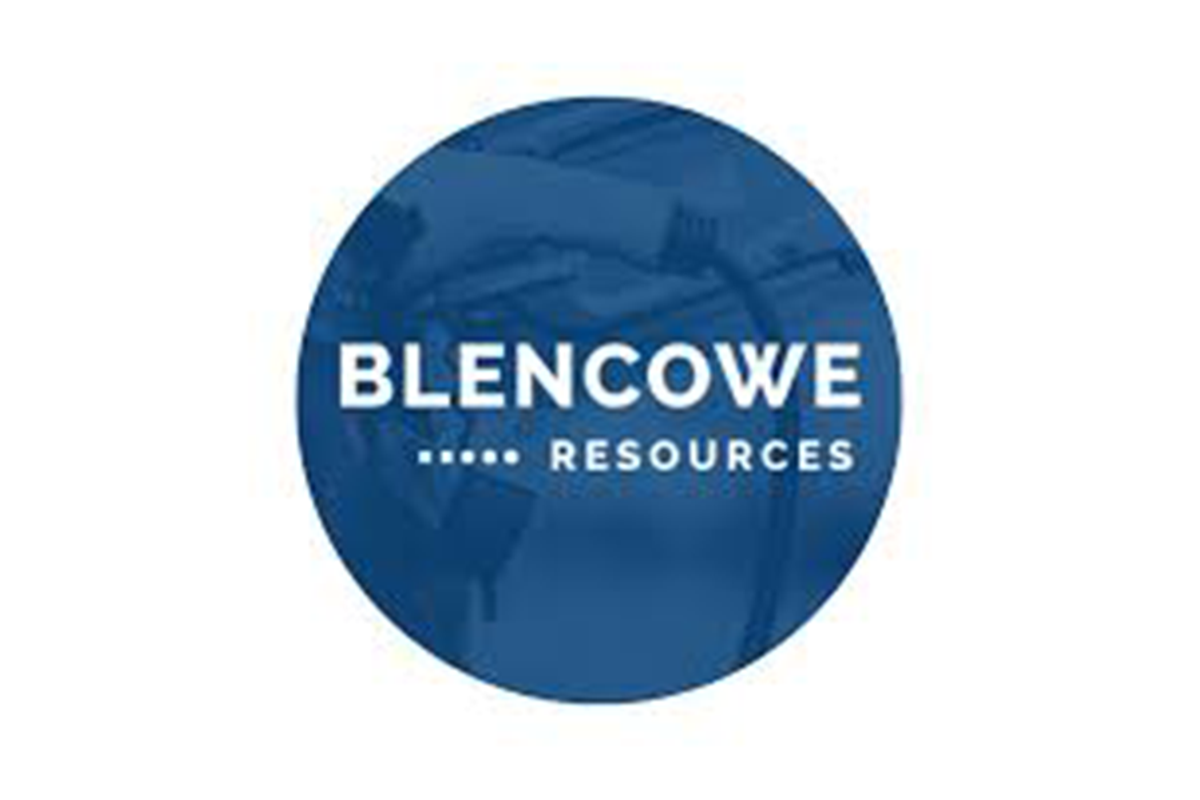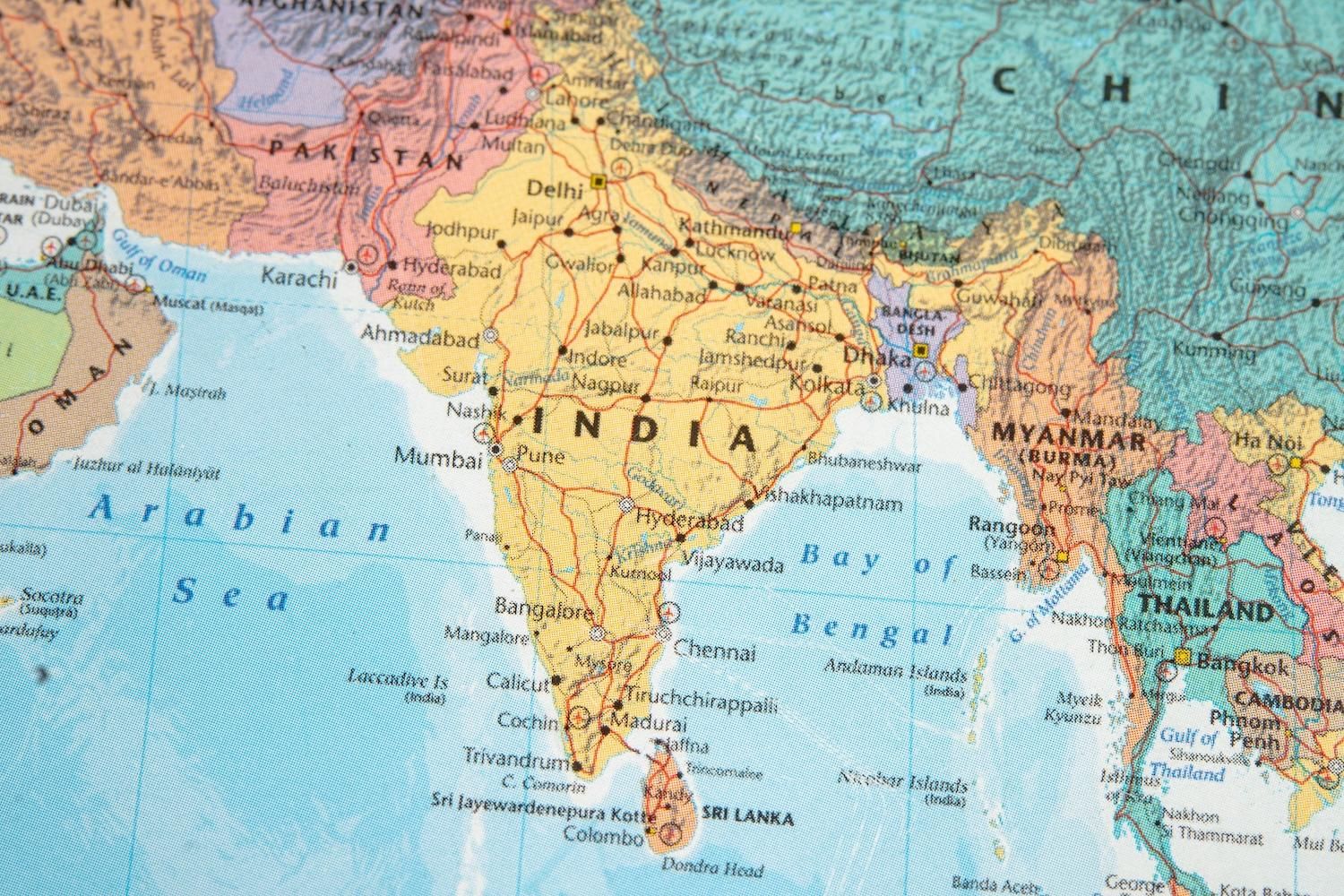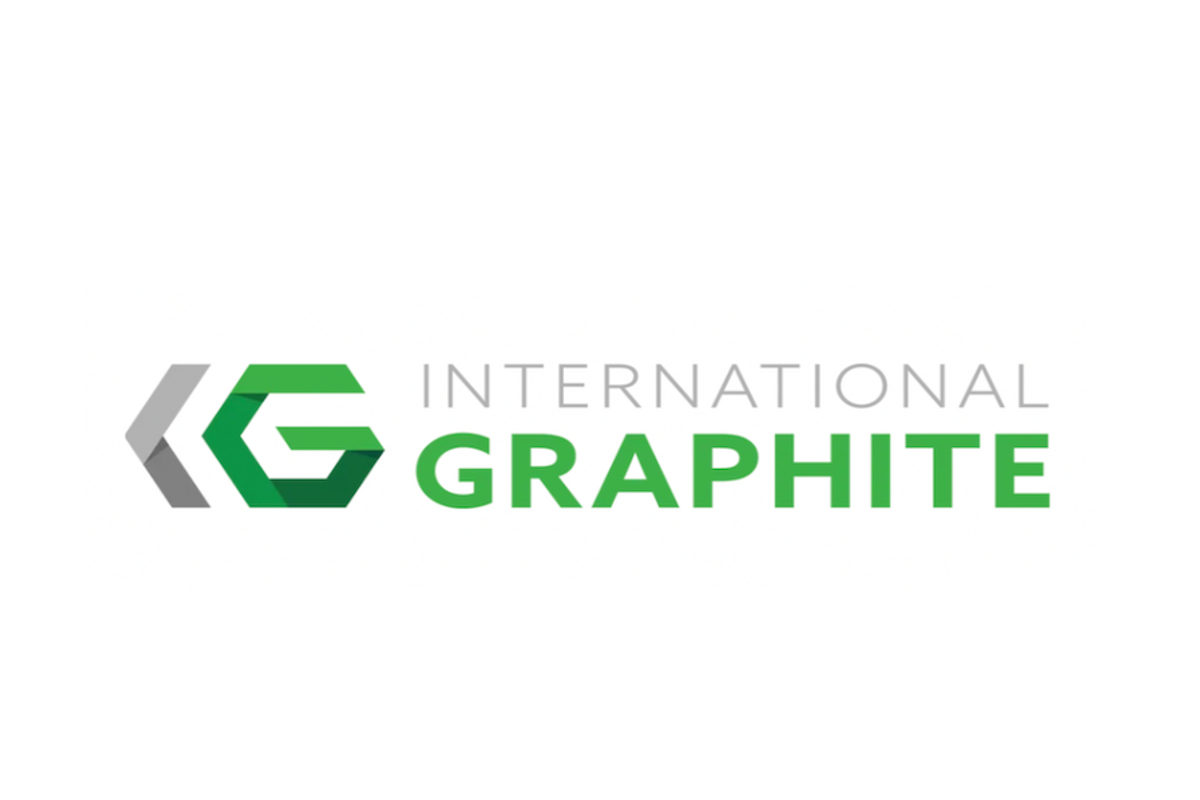
May 17, 2023
International Graphite Limited (ASX: IG6) (International Graphite or the Company) has been awarded a $4.7M grant from the Australian Government through the national Critical Minerals Development Program administered by the Federal Department of Industry, Science and Resources.
HIGHLIGHTS
- $4.7M awarded by Australia’s federal government under the national Critical Minerals Development Program
- The grant will be applied toward feasibility studies for the Company’s Western Australian graphite ‘mine-to-market’ development strategy – integrating the Springdale Graphite Project and the proposed Collie Graphite Battery Anode Materials Facility.
- Grants recognise early and mid-stage critical minerals projects that further Australia’s transition to net zero emissions and support economic development and jobs in regional communities
- The grant agreement is expected to be finalised by 31 May 2023 with funds available from 1 June 2023
The funds, which are expected to be available from 1 June 2023, will help fast-track the integrated mine-to-market graphite supply chain the Company is developing in Western Australia.
Grant funding will be used to advance feasibility studies for the Company’s proposed graphite mine at Springdale, and advanced battery anode material manufacturing plant at Collie, as well as construction of a planned graphite micronising facility, also at Collie. The Company will contribute to the balance of the funding requirements for those activities over time.
IG6 Managing Director and CEO Andrew Worland said: “Australia has set its sights on becoming a critical minerals powerhouse and we are thrilled that the Federal Government has recognised our potential to contribute to that vision.
“This grant is an important vote of confidence in our business and confirmation that projects like Springdale and Collie are vital in meeting global decarbonisation targets.
“The world needs new graphite supply. Battery and electric vehicle manufacturers worldwide are searching for new graphite supplies, with high ESG values, to meet the unprecedented demand for batteries.

“By moving from mining to downstream production, we ensure the full value of our natural resources stays here in Australia whilst generating local jobs, supporting regional communities and developing new forward facing industries and minerals processing technologies.
“We are proud to be partnering with both our Federal and State Governments to advance our Western Australian integrated graphite mine-to-market strategy.”
This announcement has been authorised for release by the Board of Directors of International Graphite Limited.
Click here for the full ASX Release
This article includes content from International Graphite, licensed for the purpose of publishing on Investing News Australia. This article does not constitute financial product advice. It is your responsibility to perform proper due diligence before acting upon any information provided here. Please refer to our full disclaimer here.
IG6:AU

Sign up to get your FREE
International Graphite Investor Kit
and hear about exciting investment opportunities.
- Corporate info
- Insights
- Growth strategies
- Upcoming projects
GET YOUR FREE INVESTOR KIT
The Conversation (0)
01 October 2025
International Graphite
Building a secure, high-value graphite supply from Australia to the world
Building a secure, high-value graphite supply from Australia to the world Keep Reading...
16 December 2025
Graphite Purification Tolling Services
International Graphite (IG6:AU) has announced Graphite Purification Tolling ServicesDownload the PDF here. Keep Reading...
09 December 2025
Expandable Graphite Facility techno-economic evaluation
International Graphite (IG6:AU) has announced Expandable Graphite Facility techno-economic evaluationDownload the PDF here. Keep Reading...
26 November 2025
Land purchased for Collie plant development
International Graphite (IG6:AU) has announced Land purchased for Collie plant developmentDownload the PDF here. Keep Reading...
30 October 2025
Quarterly Activities/Appendix 5B Cash Flow Report
International Graphite (IG6:AU) has announced Quarterly Activities/Appendix 5B Cash Flow ReportDownload the PDF here. Keep Reading...
22 October 2025
Collie land acquisition & approvals move ahead
International Graphite (IG6:AU) has announced Collie land acquisition & approvals move aheadDownload the PDF here. Keep Reading...
09 December 2025
Greenland Grants 30 Year License for Amitsoq Graphite Mine
Greenland has approved GreenRoc Strategic Materials’ (LSE:GROC) application for a long-term exploitation license for the Amitsoq graphite project, the company said on Tuesday (December 9). Naaja H. Nathanielsen, the country's mineral resources and energy minister, joined Stefan Bernstein,... Keep Reading...
09 December 2025
Further Offtake MOU for Orom-Cross Graphite Project
Agreement provides for sale of high value purified flake products to Advanced Technology firm
Blencowe Resources Plc is pleased to announce the signing of an additional non-binding Memorandum of Understanding ("MOU") for natural medium flake concentrate offtake from its Orom-Cross Graphite Project. The offtake agreement is with Yunasko Ltd. ("Yunasko"), an advanced technology company... Keep Reading...
09 December 2025
Greenland Government Grants Exploitation Licence for Amitsoq
GreenRoc Strategic Materials Plc (AIM: GROC), a company focused on the development of critical mineral projects in Greenland, is delighted to announce that the Government of Greenland has granted an Exploitation Licence for the Amitsoq Graphite Project to Greenland Graphite a/s ("Greenland... Keep Reading...
30 November 2025
Altech - Board Renewal and Strategic Focus
Altech Batteries (ATC:AU) has announced Altech - Board Renewal and Strategic FocusDownload the PDF here. Keep Reading...
27 November 2025
Major JORC Resource & Reserve Upgrade at Orom-Cross
Blencowe Resources Plc (LSE: BRES) is pleased to announce the completion of the updated JORC 2012 Mineral Resource and Ore Reserve Statement ("JORC") for its 100%-owned Orom-Cross Graphite Project in Uganda. This upgrade incorporates all the infill drilling undertaken in 2025 across the Camp... Keep Reading...
14 November 2025
India Overhauls Critical Minerals Royalties to Boost Domestic Mining
India has approved a sweeping overhaul of royalty rates for several critical minerals, continuing its campaign to expand domestic mining and reduce reliance on Chinese imports.Graphite with at least 80 percent fixed carbon will be charged a 2 percent royalty based on the average sale price... Keep Reading...
Latest News

Sign up to get your FREE
International Graphite Investor Kit
and hear about exciting investment opportunities.
- Corporate info
- Insights
- Growth strategies
- Upcoming projects
GET YOUR FREE INVESTOR KIT
Interactive Chart
Latest Press Releases
Related News
TOP STOCKS
American Battery4.030.24
Aion Therapeutic0.10-0.01
Cybin Corp2.140.00
